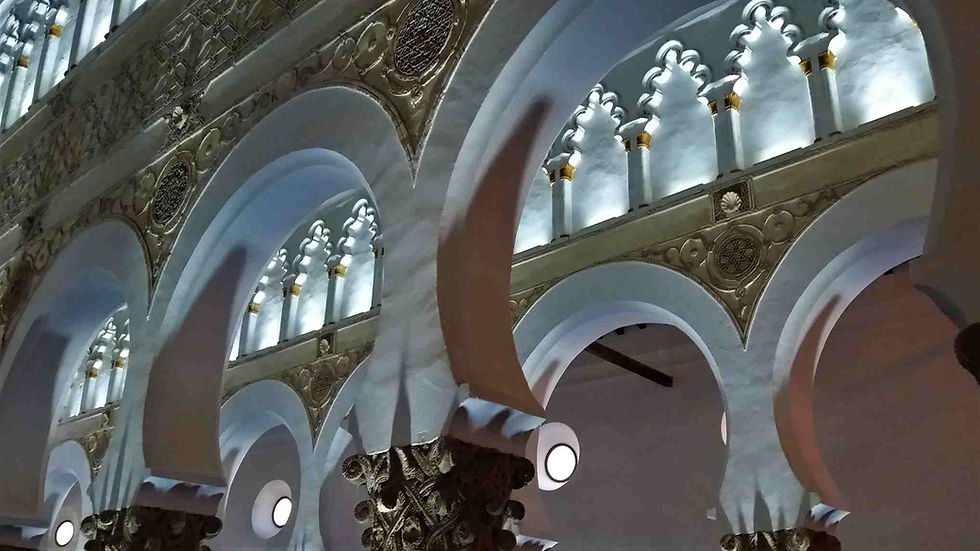Germany: Zwinger Palace, Dresden
- Matthew P G

- Feb 16, 2023
- 2 min read

July 2019
Dresden was beautiful before it was fire-bombed near the close of World War II. Along with the Frauenkirche, one of the symbols of the city was the over the top Zwinger Palace.
The Zwinger was built in 1709 as an orangery and garden as well as a representative festival area. Its richly decorated pavilions and the galleries lined with balustrades, figures and vases testify to the splendor during the reign of Augustus the Strong, Elector of Saxony and elected King of Poland. In the original conception of the elector, the Zwinger was the forecourt of a new castle that would take up the area between it and the Elbe; therefore, the Zwinger remained undeveloped on the Elbe side (provisionally closed with a wall). The plans for a new castle were abandoned after the death of Augustus the Strong, and with the departure from the Baroque period, the Zwinger initially lost importance. It was only over a century later that the architect Gottfried Semper completed it with the Semper Gallery towards the Elbe. The Sempergalerie, opened in 1855, was one of the most important German museum projects of the 19th century and made it possible to expand the use of the Zwinger as a museum complex, which had grown under the influence of time since the 18th century. The Bombing of Dresden on February 13 and 14, 1945 hit the Zwinger extensively and led to extensive destruction.
(Wikipedia)
I entered the Zwinger from the Opera/Elbe facing side and passed by the Semper Gallery which had huge windows where part of the collection could be viewed from the outside. Perhaps on a rainy day in Dresden I would visit the museum, but it was a fabulously sunny day and I had limited time on my day trip before I headed back to Prague. The Zwinger at heart was never built to live in. The palace was a place of parties and celebrations. It was built to look beautiful and later in its life to display art. In this, it achieved its goal. It was not the largest palace I had ever seen in Germany, but the main courtyard and fountains were breathtaking.
Even more surprising to me was that most of this restoration was completed by the Soviets in the 1950s and 60s. Although a lot Dresden's life came back after reunification and a real influx of deutschmarks and later euros, I was surprised how much money the USSR had pumped into a country that had most recently caused so much devastation on its home turf. What was the point? To show the world that Russia bore no ill will toward Germany? In any case, the reconstruction was done well and much of the burnt original stone was used giving a blackened patchy look to the palace. Along with other famous palaces of Germany like San Souci of Potsdam or Charlottenburg in Berlin, Zwinger was yet another beautiful royal house I visited in one of my favorite countries in Europe. I am not sure Dresden will ever recapture its glory days as a city, but the Zwinger courtyard reminded me of how things used to be.



Comments